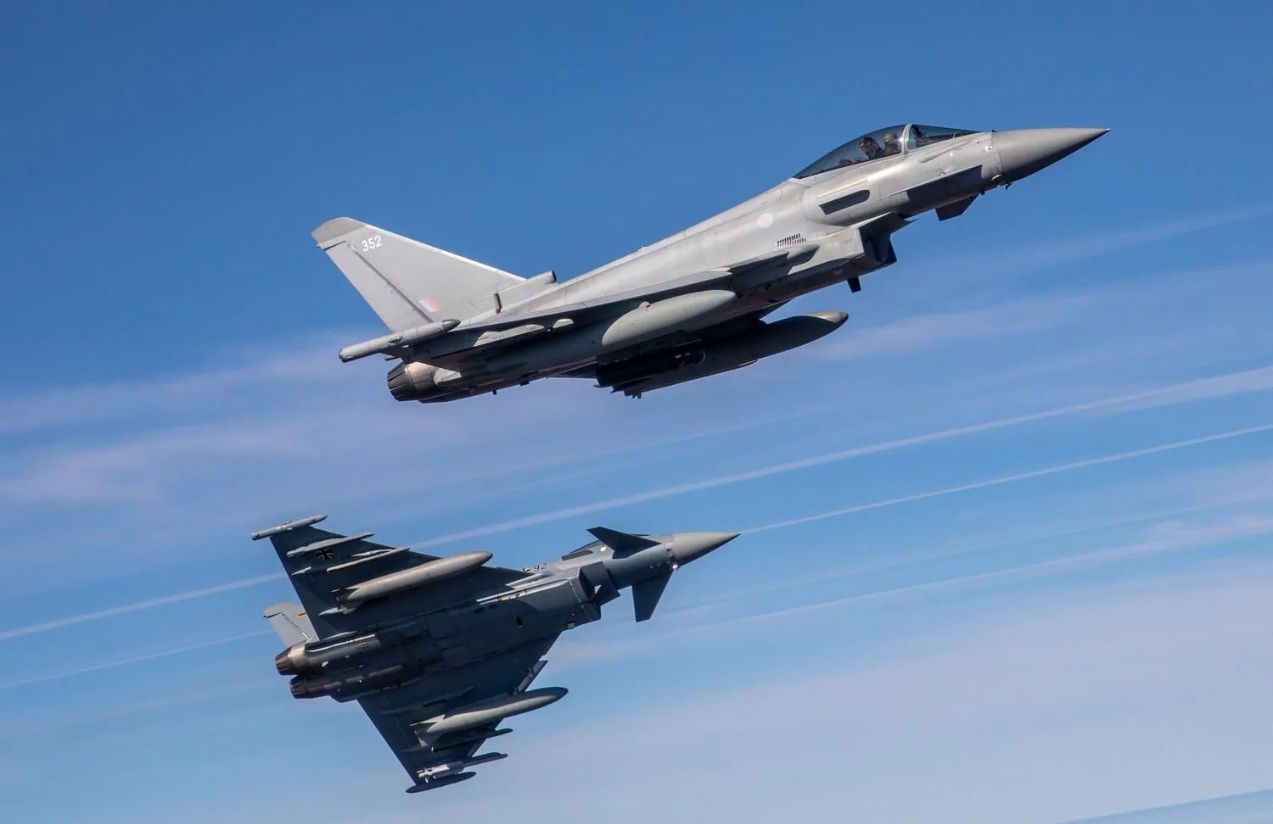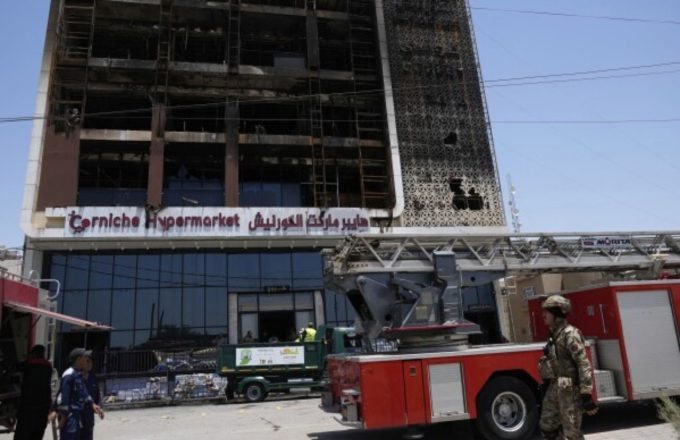On July 8, 2025, the German government made a strong diplomatic move: summoning the Chinese ambassador in Berlin after denouncing that a Chinese warship had aimed a blinding laser at a German reconnaissance aircraft over the Red Sea. The incident, which occurred in early July, involved an aircraft operating as part of the European Aspides mission, which aims to protect maritime routes from Houthi threats. The laser interfered with the routine flight, forcing the aircraft to abort the mission and land safely at a base in Djibouti.
Although no injuries or serious material damage were reported, the German Ministry of Defense stated that the use of a laser in such an operation “endangers personnel and equipment,” calling the action “completely unacceptable.” Operation Aspides, launched in 2024, employs a multisensor surveillance aircraft operated by both civilian and military crews. The mission resumed after the incident.

Why does Germany consider this laser attack so serious?
The use of lasers in surveillance flights can not only damage the crew’s vision and aircraft sensors, but also seriously disrupt surveillance and maritime protection operations. In a context where the southern Red Sea is marked by recurring threats, especially from the Houthis, any such interference can have serious operational and security consequences.
Germany’s Foreign Ministry responded quickly, summoning Ambassador Deng Hongbo to demand explanations. So far, Beijing has not issued an official response. This incident raises tensions in a region where China has maintained a significant military presence since 2017 and now faces off against both European and U.S. missions in a strategic setting.
This is not an isolated case: in 2018, the United States denounced a similar laser attack on one of its planes near a Chinese base in Djibouti, an incident that China denied. However, this is the first time a European country, as part of an international mission, has experienced such an incident, increasing the European Union’s concerns about Beijing’s behavior in shared security situations.
The episode has reignited debate over the need for clear rules and strong responses to the use of aggressive electronic tactics and laser-directed systems, especially in crisis zones involving multiple state and paramilitary actors.




















